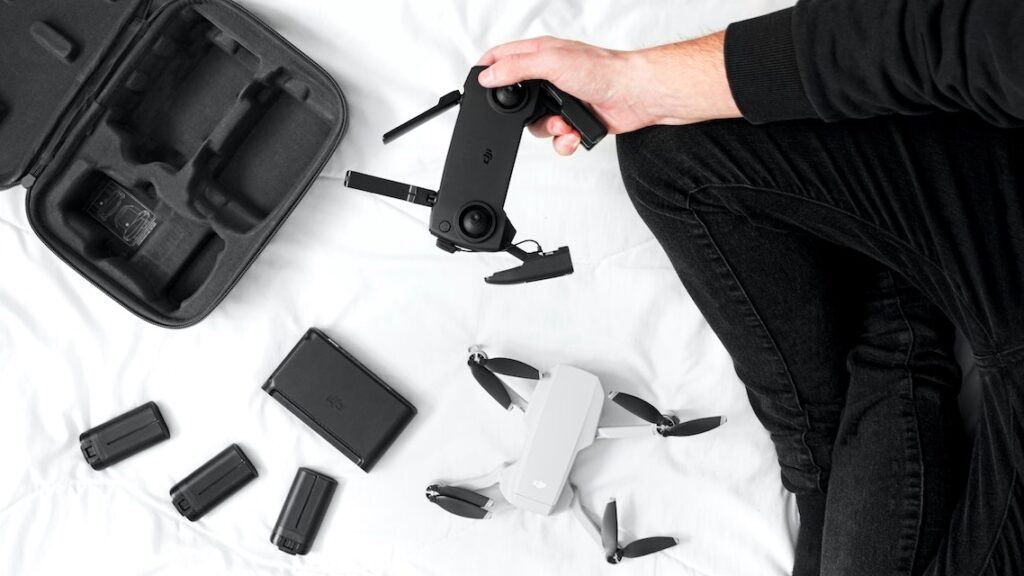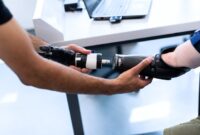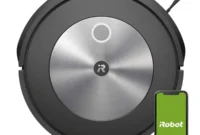Drones have become increasingly popular in recent years, finding applications in various industries such as aerial photography, videography, surveying, and even delivery services. One crucial factor that directly impacts the performance of a drone is its battery. In this article, we will delve into the world of drone batteries, exploring different types, factors affecting performance, tips for maximizing flight time, charging best practices, common issues and solutions, and future trends in drone battery technology.

Introduction
When it comes to drones, flight time is a critical aspect. Pilots and operators are always on the lookout for ways to extend the time their drones can stay in the air. The battery is the powerhouse that fuels the drone’s flight, making it essential to understand the intricacies of drone batteries to maximize flight time.
Importance of Drone Batteries
Drone batteries are the primary source of energy that drives the drone’s motors and electronics. The capacity, voltage, and overall performance of the battery directly impact the flight time and capabilities of the drone. Investing in high-quality batteries and understanding how to optimize their usage can significantly enhance the overall drone experience.
Types of Drone Batteries
There are several types of batteries commonly used in drones, each with its own advantages and considerations. The three main types are Lithium Polymer (LiPo) batteries, Lithium-Ion (Li-Ion) batteries, and Nickel-Metal Hydride (NiMH) batteries.
Lithium Polymer (LiPo) Batteries
LiPo batteries are widely used in drones due to their high energy density, lightweight, and ability to deliver high discharge rates. They are known for their power-to-weight ratio, making them ideal for applications that require agility and longer flight times.
Lithium-Ion (Li-Ion) Batteries
Li-Ion batteries offer a higher energy density compared to LiPo batteries, allowing drones to achieve longer flight times. They are commonly used in professional-grade drones and offer more stable voltage levels throughout the discharge cycle.
Nickel-Metal Hydride (NiMH) Batteries
NiMH batteries are less common in modern drones due to their lower energy density and heavier weight. However, they are still utilized in certain drone models, particularly those designed for beginners or hobbyists.
Factors Affecting Drone Battery Performance
To maximize flight time, it is crucial to understand the factors that affect drone battery performance. These factors include capacity, voltage, C-rating, discharge rate, and temperature.
Capacity
Battery capacity refers to the amount of energy the battery can store. It is typically measured in milliampere-hours (mAh). Higher capacity batteries can provide more power and potentially longer flight times.
Voltage
Voltage plays a vital role in determining the speed and power output of a drone. Different drones require different voltage levels, and using the correct voltage battery is essential for optimal performance.
C-rating
The C-rating represents the discharge rate capability of the battery. A higher C-rating means the battery can deliver power at a faster rate, which is crucial for drones that require high-performance capabilities.
Discharge Rate
The discharge rate indicates how quickly a battery can release its stored energy. It is crucial to choose a battery with an appropriate discharge rate to ensure optimal performance during flights.
Temperature
Battery performance is greatly influenced by temperature. Extreme cold or hot conditions can affect the battery’s efficiency and overall flight time. It is essential to operate within the recommended temperature range for optimal performance.
Tips for Maximizing Flight Time
Now that we understand the different factors that affect drone battery performance, let’s explore some practical tips for maximizing flight time.
Choose the Right Battery
Selecting the right battery for your drone is crucial. Consider factors such as capacity, voltage, and C-rating based on your specific drone model and requirements. Researching and investing in high-quality batteries will result in longer flight times.
Proper Battery Maintenance
Proper battery maintenance can significantly extend the lifespan and performance of your drone batteries. This includes regularly checking for damage, ensuring proper storage, and following manufacturer guidelines for charging and discharging.
Optimize Drone Settings
Adjusting certain settings on your drone can help maximize flight time. Lowering the brightness of LEDs, reducing camera settings, and optimizing flight modes can all contribute to longer battery life.
Manage Flight Patterns
Flying your drone efficiently can have a significant impact on flight time. Avoid excessive acceleration and deceleration, maintain smooth and consistent flight paths, and minimize hovering to conserve battery power.
Monitor Battery Levels
Always keep an eye on your battery levels during flight. Many drones come equipped with battery level indicators or telemetry systems that provide real-time information. Knowing when to return and land your drone can prevent unexpected battery depletion.
Best Practices for Charging Drone Batteries
Proper charging techniques are essential to maintain battery health and optimize flight time. Let’s explore some best practices for charging drone batteries.
Use Recommended Chargers
Always use the charger provided by the drone manufacturer or a charger specifically designed for your drone’s battery. Using incompatible chargers can lead to suboptimal charging and potential damage to the battery.
Follow Manufacturer Guidelines
Carefully read and follow the manufacturer’s guidelines for charging your drone battery. Understand the recommended charging voltage, current, and charging time to ensure safe and efficient charging.
Avoid Overcharging
Overcharging a drone battery can lead to reduced performance, decreased lifespan, and even safety risks. Always monitor the charging process and disconnect the battery once it reaches its recommended charge level.
Store Batteries Properly
When not in use, it is crucial to store drone batteries in a cool and dry environment. Follow the manufacturer’s instructions for proper storage to prevent degradation and ensure optimal performance when needed.
Common Drone Battery Issues and Solutions
While drone batteries are generally reliable, there are some common issues that drone pilots may encounter. Here are a few of these issues and their potential solutions:
Battery Swelling
Battery swelling can occur due to overcharging, overheating, or physical damage. Swollen batteries should never be used and should be properly disposed of. To prevent battery swelling, avoid overcharging and maintain proper battery care.
Reduced Flight Time
Over time, batteries may experience reduced flight time due to natural wear and tear. If you notice a significant decrease in flight time, it may be time to replace your battery with a new one.
Voltage Drops
Voltage drops can occur if the battery’s discharge rate cannot keep up with the drone’s power demands. Choosing a battery with a higher C-rating and ensuring proper maintenance can help mitigate voltage drop issues.
Battery Balancing
Battery balancing involves equalizing the charge of each individual cell within the battery pack. Properly balanced batteries provide optimal performance and prevent cell damage. Follow the manufacturer’s guidelines for balancing your drone batteries.
Battery Upgrades
If you find that your current battery is not meeting your flight time requirements, consider upgrading to a higher capacity or more advanced battery. However, ensure compatibility with your drone and follow the manufacturer’s recommendations.
Future Trends in Drone Battery Technology
As drone technology continues to advance, so does the development of drone batteries. Future trends in drone battery technology focus on improving energy density, extending flight times, and enhancing safety features. Researchers are exploring new materials and innovative designs to push the boundaries of battery performance.
Conclusion
Maximizing flight time is a top priority for drone enthusiasts and professionals alike. By understanding the different types of drone batteries, factors affecting battery performance, tips for optimizing flight time, best practices for charging, and common battery issues and solutions, drone pilots can make informed decisions to enhance their flying experience.
FAQs
1. How long does the average drone battery last?
The average flight time of a drone battery varies depending on several factors, including battery capacity, drone model, flight conditions, and payload. It can range from 10 minutes to over 30 minutes.
2. Can I use different batteries with my drone?
It is essential to use batteries recommended by the drone manufacturer or batteries that are compatible with your drone model. Using incompatible batteries can lead to performance issues and potential damage to your drone.
3. Can I charge my drone battery with a power bank?
Charging your drone battery with a power bank is generally not recommended. Power banks may not provide the required voltage and current for efficient charging, potentially damaging the battery.
4. How often should I balance my drone batteries?
Battery balancing should be done periodically, depending on usage and the manufacturer’s recommendations. It is generally recommended to balance your drone batteries every few charging cycles or as specified in the user manual.
5. Are there any safety precautions I should take when handling drone batteries?
Yes, it is crucial to follow safety guidelines when handling drone batteries. Avoid puncturing or exposing batteries to extreme temperatures, charge batteries in a well-ventilated area, and store them away from flammable materials. Always refer to the manufacturer’s safety recommendations.


